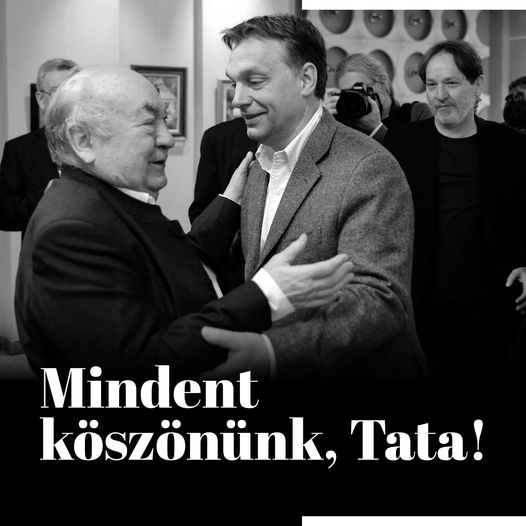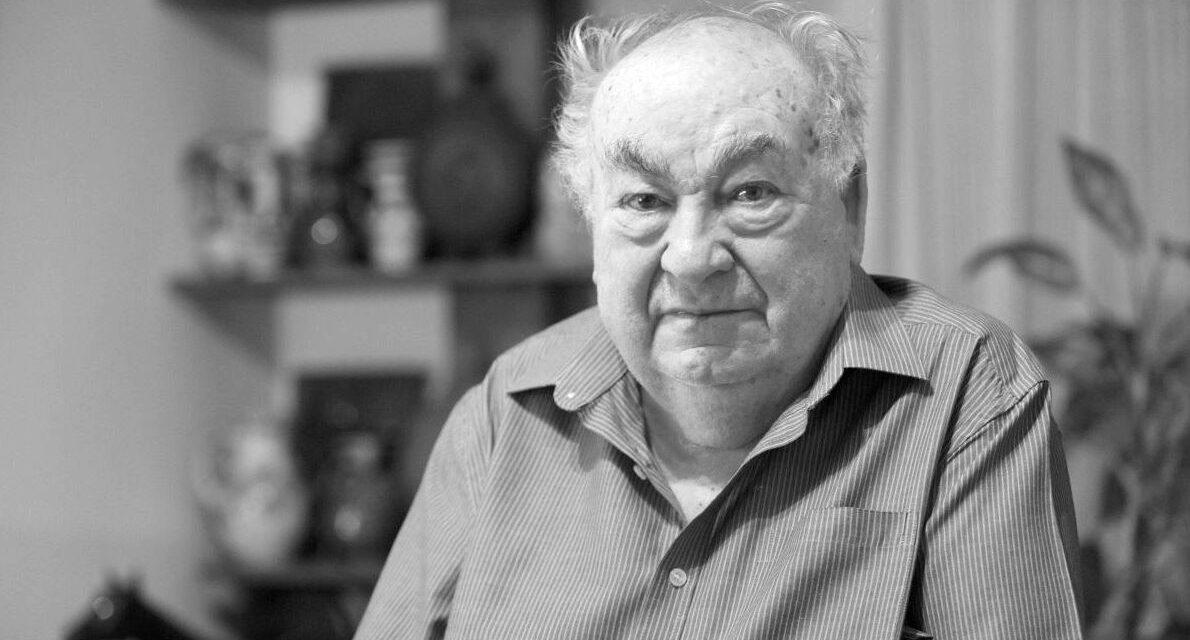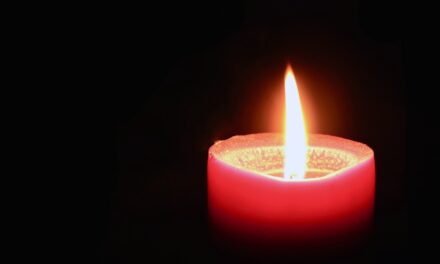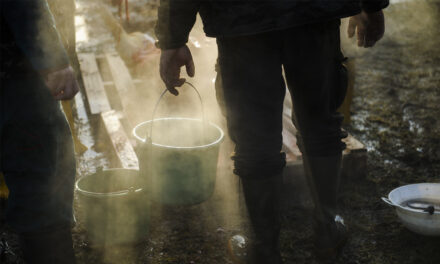Ferenc Novák - popularly known as Tata - who died on August 17, at the age of 94, was a choreographer, director, ethnographer, and artist who was awarded the title of Artist of the Nation and winner of the Ferenc Kossuth and Erkel Prizes. He is one of the creators of the Hungarian folk dance school and the specific theatrical presentation of folklore, and is credited with the creation of the dance hall movement. In addition to the Hungarian Academy of Arts, the Ministry of Culture and Innovation (KIM) also considers Ferenc Novák to be their own dead, KIM announced.
According to the information, he spent his life in mental freshness until the last moment.
Ferenc Novák was born in Nagyenyed in Transylvania, and his ancestors included Armenians. During the Second World War, the family moved to Hungary, and he completed his high school diploma in Budapest.
He started working as a technical trainee at the Chemical Machinery and Radiator Factory, where he once had to jump in instead of a member of the dance group. After that, he regularly went to the rehearsals, and then joined the Építók ensemble, of which he became a pillar member.
He also found dancing partners during his military service, and that's when he created his first choreography. In September 1954, he formed the János Bihari Dance Group with some of his fellow soldiers (the eponymous gypsy primate was one of the most significant representatives of the verbunkos).
The dance group achieved more and more success, and in the early 1960s they could already boast of several international awards.
In 1965, he was commissioned to lead the dance team of the oldest Hungarian artist group, the Honvéd Együttes, founded in 1949, while he also worked with the "Biharis".
In the meantime, he studied ethnography at Eötvös Loránd University by correspondence, and in 1969 he obtained a choreographer-director diploma at the Academy of Theater and Film Arts.
They did not allow him to fully realize his ideas in the Honvéd Együttes, and he finally broke up with them. From 1975, he continued his work as a specialist consultant for the Hungarian trade union and large-scale ensembles, and from 1975 as the artistic director of the Szeged International Folk Dance Festival.
He suggested that amateur ensembles perform in a dance performance on Dóm tér, and since then it has been a tradition that every second year the backbone of a production of the Szeged Outdoor Games is provided by the dance groups of the festival.
At the end of the 1970s, he was offered a choreographer-director contract by the Folklór Tancsthínház in Amsterdam, after which he worked simultaneously in the Netherlands and in this country. From 1983, entrusted with the artistic direction and management of the Honvéd Együttes, the dance team went through radical changes. Ferenc Novák signed an authentic folk band, created a dramatic dance theater with a new formal language, and included the ensemble in the circulation of domestic and international artistic life.
The management of the Bihari Ensemble was taken over by his wife, choreographer Jolán Foltin, who managed the dance workshop until 1991.
With both dance ensembles, Ferenc Novák created a dramatic dance theater with a new formal language:
he staged literary-based dance theater productions and powerful folklore shows, he also enjoyed working with prose or musical theaters, ballet ensembles, and author groups of outdoor attractions.
His most significant works: The Hammer of the Locality, Antigone, Dances of the Centuries, Forrószegiek, Brave János, Eastern Dance Storm, The Marriage of Mihály Kocsonya, Kőműves Kelemen, Matyi Lúdas, Magyar Electra, Magyar Menyegző.
The presentation of the Hungarian folk dance treasure on stage, the presentation of the diversity of Hungarian folk music and folk dance, plays a decisive role in his choreographies.
His most important choreographies: the Danube Rhapsody (dramatic folk dances), Csíksomlyó passion, Egri stars, István, a király (rock opera), József and his brothers, sons who turned into deer.
Among other things, his work was recognized with the Ferenc Erkel Award in 1972, the title of Merited Artist in 1985, and the Kossuth Award in 1993. In 2005, he received the center cross with a star of the Order of Merit of the Republic of Hungary, and in 2007, the Jubilee Prima Primissima award. He has been a permanent member of the Society of Immortals since 2010. In 2011, he was awarded the Medal of Merit of the President of the Republic, in 2014 he became an artist of the nation, and in 2021 he became an honorary citizen of Budapest.
The Hungarian Academy of Arts (MMA) considers Ferenc Novák, who was a regular member of the Folk Art Department of the MMA, to be its own dead, the MMA told MTI on Saturday evening. In their announcement, they recalled that Ferenc Novák was one of the founders of the Hungarian folk dance school and the theatrical representation of folklore, and the creation of the dance hall movement is attributed to him, among other things.
The Ministry of Culture and Innovation also announced that it considers Ferenc Novák to be its own dead.

Source: Viktor Orbán's Facebook page
The pope of Hungarian folk dance is gone
- wrote Prime Minister Viktor Orbán in his Facebook post , to which he also attached a joint photo with the Artist of the Nation.
MTI
Front page photo: The Ferenc Kossuth and Erkel Ferenc Prize-winning choreographer, director and ethnographer Ferenc Novák, who was awarded the Nemzet Mûvésze award in 2014, at his home in Budapest on January 20, 2015. MTI Photo: Gyula Czimbal













